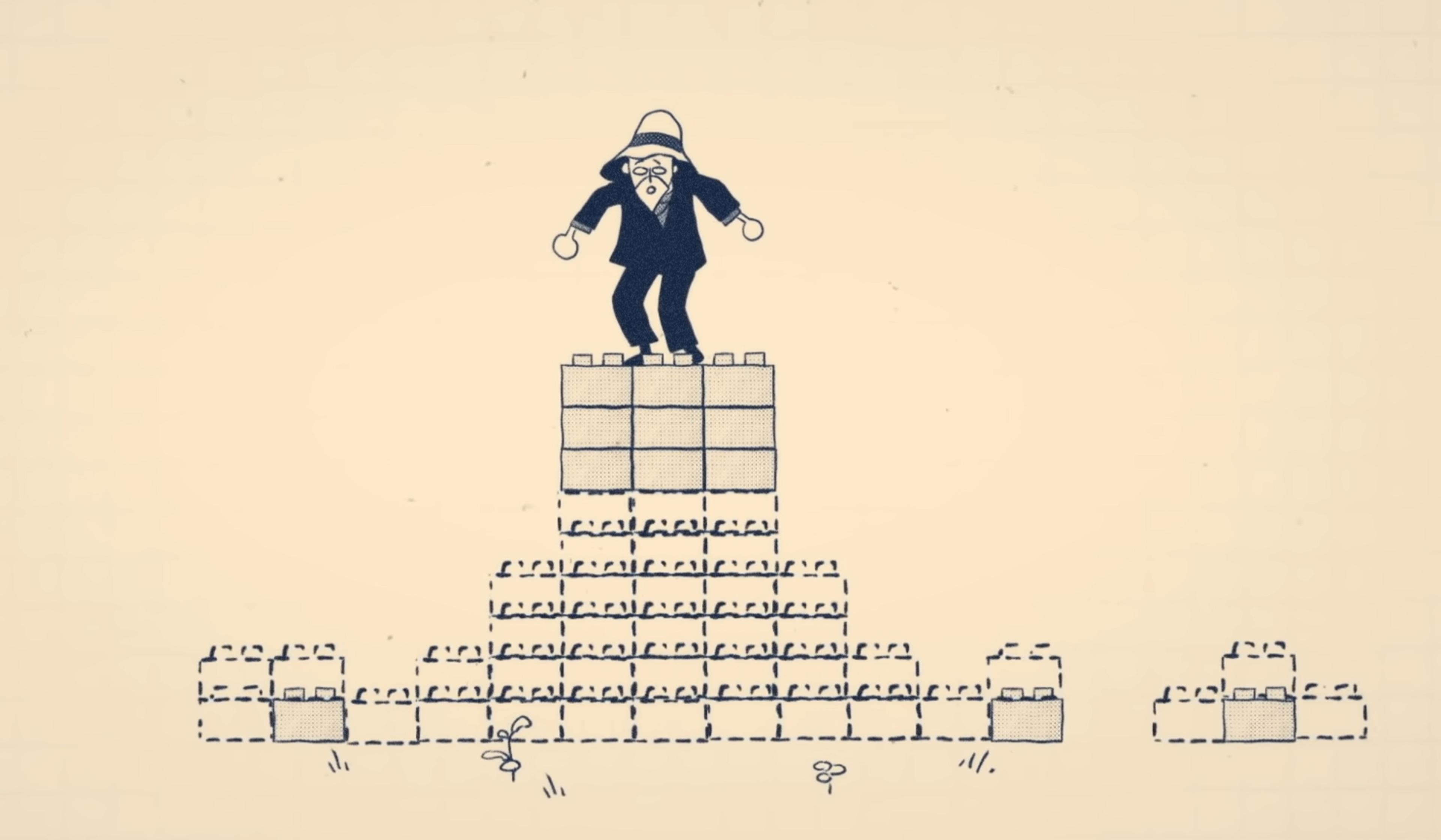What’s the smallest number of colours you can use to fill any map so that no two colours touch? This question may, at first glance, seem like a rather trivial curiosity, but, as this video from Quanta Magazine explains, this question has had incredibly important theoretical and practical implications for mathematics. With expert interviews and nifty animations, the piece traces the ‘four colour theorem’ from its origins in the mid-19th century to today. In doing so, the video details how early computing technology would ultimately help a pair of mathematicians prove that four is indeed the magic number, making it the first major computer-assisted mathematical proof.
How a curious question about colouring maps changed mathematics forever
Video by Quanta Magazine
Producer: Joy Ng
11 September 2023

videoMathematics
After centuries of trying, we’ve yet to arrive at a perfect way to map colour
20 minutes

videoMathematics
How a verbal paradox shattered the notion of total certainty in mathematics
5 minutes

videoMathematics
A brilliant ‘geometric ballet’ of sound, shape and symmetry on the theme of 180°
5 minutes

videoMathematics
Mesmerising fractals and space-filling curves give a window into infinity
3 minutes

videoKnowledge
Can you know everything about colour if you see in black and white? A thought experiment
5 minutes

videoMathematics
A history of nothing: how zero went from nil to something
4 minutes


